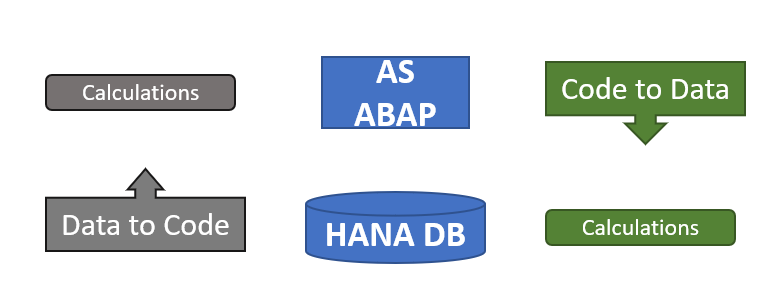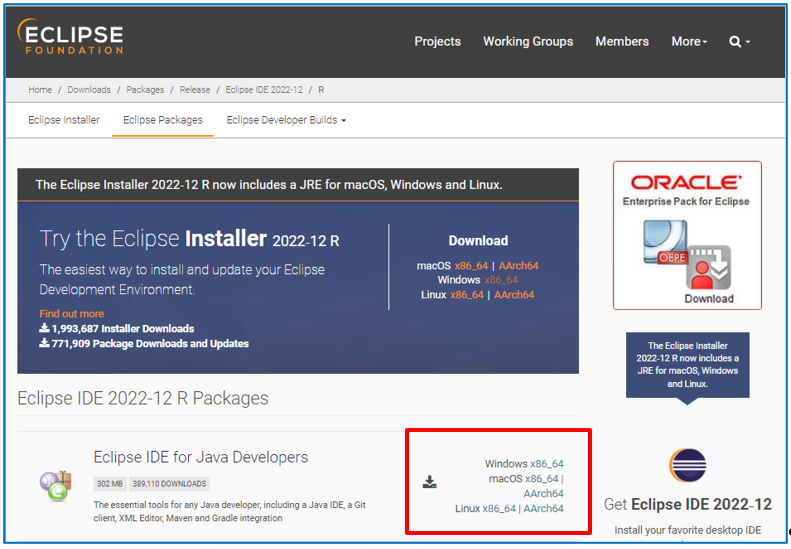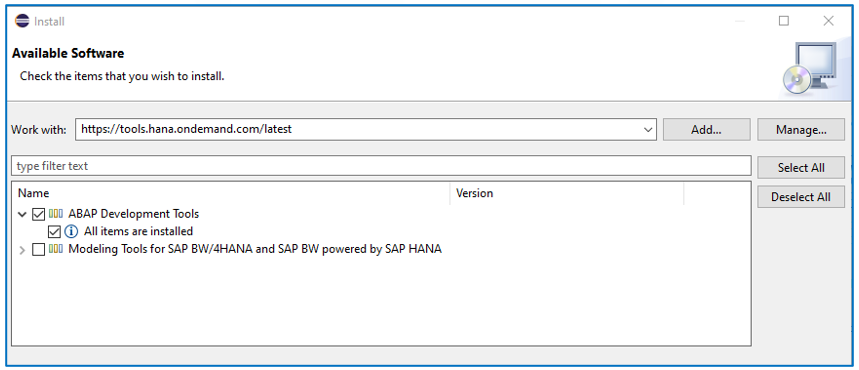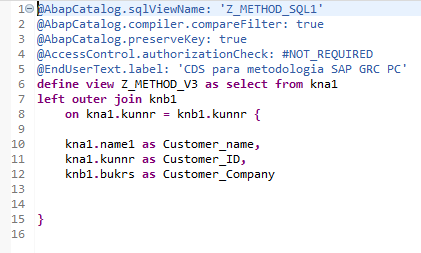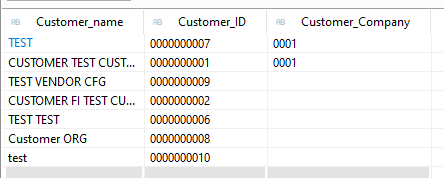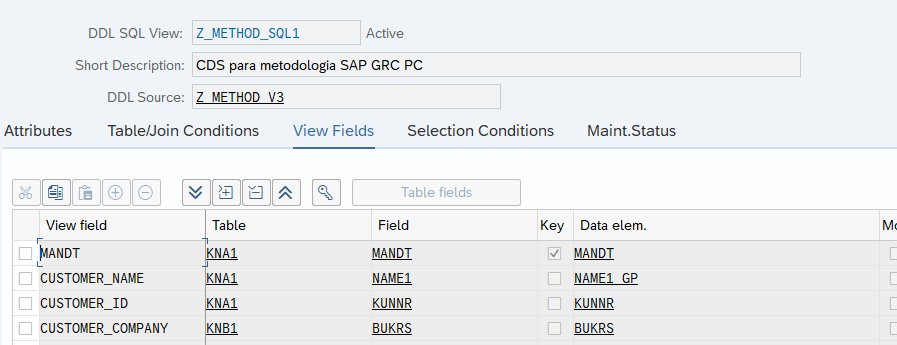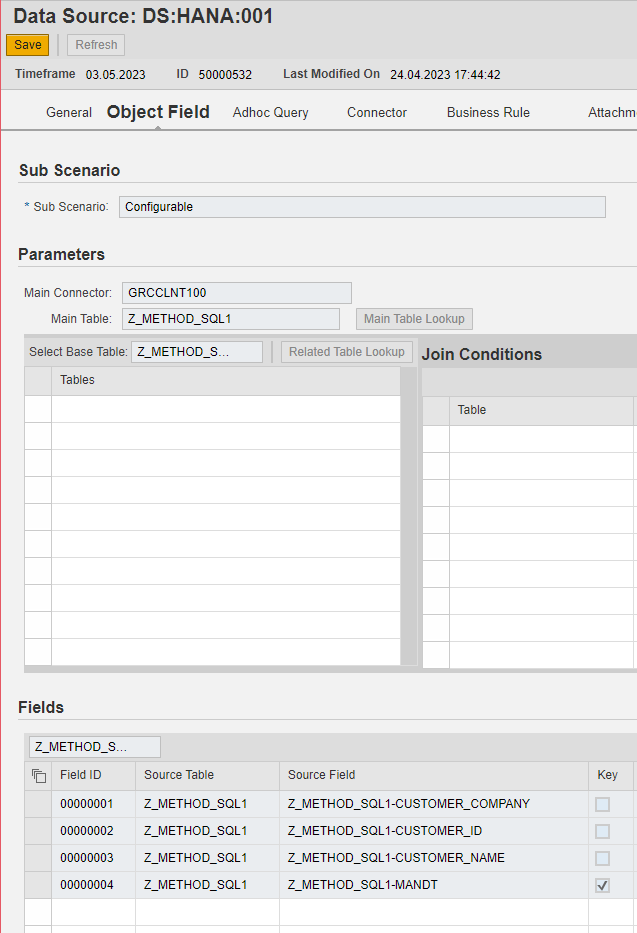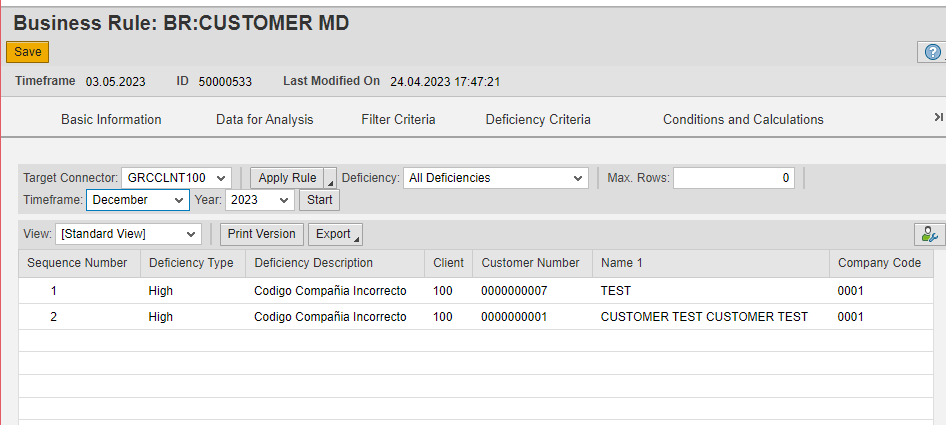GRC Process Control, specifically Continuous Control Monitoring (CCM), is an SAP tool that allows for active monitoring of SAP systems and identification of deviations that occur in processes.
To achieve this, the first step in CCM is to develop the rule that will monitor the system and trigger an alert in case of any problematic cases.
Some examples of rules that can be implemented are:
- Changes in critical fields of master data (customers, suppliers, general ledger accounts, etc.).
- Adjustments with balances exceeding a certain amount.
- Changes in the configuration of the SAP system.
The SAP GRC PC tool itself provides mechanisms to facilitate the construction of these rules. Additionally, other SAP tools such as queries can be used to retrieve data.
However, the capabilities of this CCM module are enhanced with the emergence of SAP HANA and the shift from a Data to Code paradigm to a new Code to Data paradigm.
With this new paradigm, the maximum amount of necessary calculations is delegated to the database (HANA), and only the minimum amount of information is returned to the application server.
To implement this new model, SAP introduces a new model known as Core Data Services (CDS). To use it, the Eclipse IDE can be installed.
Once the installation is complete, a component must be added to integrate it with the SAP programming environment. Its name is ABAP Development Tools.
After installing all the software, the necessary queries can be developed to create the rules.
In the example shown below, a control will be performed that extracts general customer data (KNA1) crossed with customer information at the company level (KNB1).
The query can be executed, and the data that would be returned can be viewed to verify the suitability of the newly created logic.
At this point, the DDL SQL View will have been created in the SAP system, which will be consumed by the SAP GRC Process Control system.
Next, it will be necessary to simply create the Data Source and the Business Rule in the same way as they would be created traditionally.
Below is the created Data Source:
Finally, the Business Rule with an example of the data that would be reported for clients belonging to company “0001”:
Finally, similar to any other rule in the module, programming would be required to make the control fully operational.
CONCLUSIONS
We can conclude that using the SAP CCM module with CDS View provides the following advantages compared to traditional data extraction methods (SAP Queries, etc.):
- Increased performance.
- Greater flexibility to create complex queries.
Given the aforementioned advantages, it is recommended to use controls with this new paradigm in scenarios where a large amount of data needs to be processed or when extensive customization is required by the client.




